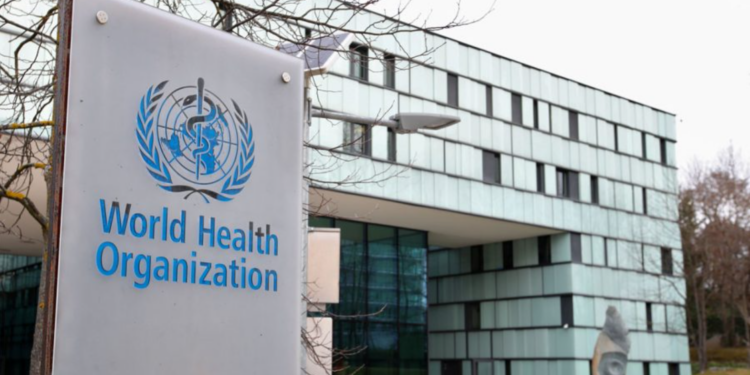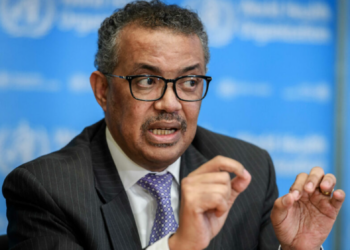The World Health Organization (WHO) has unveiled its inaugural clinical treatment guideline for tobacco cessation, a step aimed at aiding the over 750 million tobacco users worldwide and 4.7 million Nigerians who desire to quit.
This comprehensive guideline encompasses a variety of tobacco cessation interventions, from behavioural support delivered by healthcare providers to digital cessation tools and pharmacological treatments.
Dr. Tedros Adhanom Ghebreyesus, WHO Director-General, emphasized the significance of this milestone, stating, “This guideline marks a crucial milestone in our global battle against these dangerous products. It empowers countries with the essential tools to effectively support individuals in quitting tobacco and alleviate the global burden of tobacco-related diseases.”
The first treatment guideline
The guideline highlights the effectiveness of combining pharmacotherapy with behavioural interventions to significantly boost quitting success rates.
Countries are encouraged to provide these treatments at no or reduced cost, especially in low- and middle-income regions like Nigeria where accessibility remains a major barrier.
- Recommended pharmacological treatments include varenicline, Nicotine Replacement Therapy (NRT), bupropion, and cytisine.
- In a bid to improve global access to these medications, WHO initiated a prequalification procedure for medicinal products against disorders caused by tobacco use.
- By April 2024, Kenvue’s nicotine gum and patch had become the first WHO-prequalified NRT products, setting a precedent for global tobacco cessation efforts.
- WHO advocates for the integration of behavioural interventions such as brief health worker counselling (ranging from 30 seconds to 3 minutes) into routine healthcare settings, supplemented by more intensive support through individual, group, or phone counselling for interested users.
- Digital interventions, including text messaging, smartphone apps, and internet programmes, are also recommended as adjuncts or self-management tools to enhance the quitting process.
Globally, over 60% of the 1.25 billion tobacco users want to quit, but about 70% lack access to effective cessation services due to various health system challenges, particularly resource limitations.
Dr. Rüdiger Krech, Director of Health Promotion at WHO, highlighted the personal struggle of quitting tobacco, saying, “The immense struggle that people face when trying to quit smoking cannot be overstated. We need to deeply appreciate the strength it takes, and the suffering endured by individuals and their loved ones to overcome this addiction.”
What you should know
In Nigeria, approximately 4.7 million adults currently smoke tobacco, with a prevalence rate of 4% among the population aged 15 years and older.
Among men, the smoking rate stands at 6.1%, while it is significantly lower for women at 0.5%. Additionally, the prevalence of smokeless tobacco use among adults is 2%.
The country’s tobacco consumption poses a significant public health challenge, with an estimated 26,851 deaths annually attributable to tobacco use.
The economic burden of smoking in Nigeria is substantial, costing about 187.8 billion naira each year in healthcare expenses and lost productivity.
Efforts to reduce tobacco use are crucial, especially considering the aggressive marketing tactics of the tobacco industry targeting lower-income populations and youth. Implementing the WHO’s newly released guidelines on tobacco cessation could significantly impact public health by providing effective cessation services and support to millions of Nigerians who wish to quit.
Implementing these evidence-based interventions could mitigate the health burden and economic costs associated with tobacco-related diseases.
Health professionals in Nigeria are urged to incorporate brief counselling into their routine practice and leverage digital tools to reach a broader audience.
Additionally, policymakers are encouraged to prioritize making pharmacological treatments more accessible and affordable to support tobacco cessation nationwide.
By adopting and implementing these guidelines, healthcare providers, policymakers, and stakeholders can promote tobacco cessation and significantly improve public health outcomes.
























